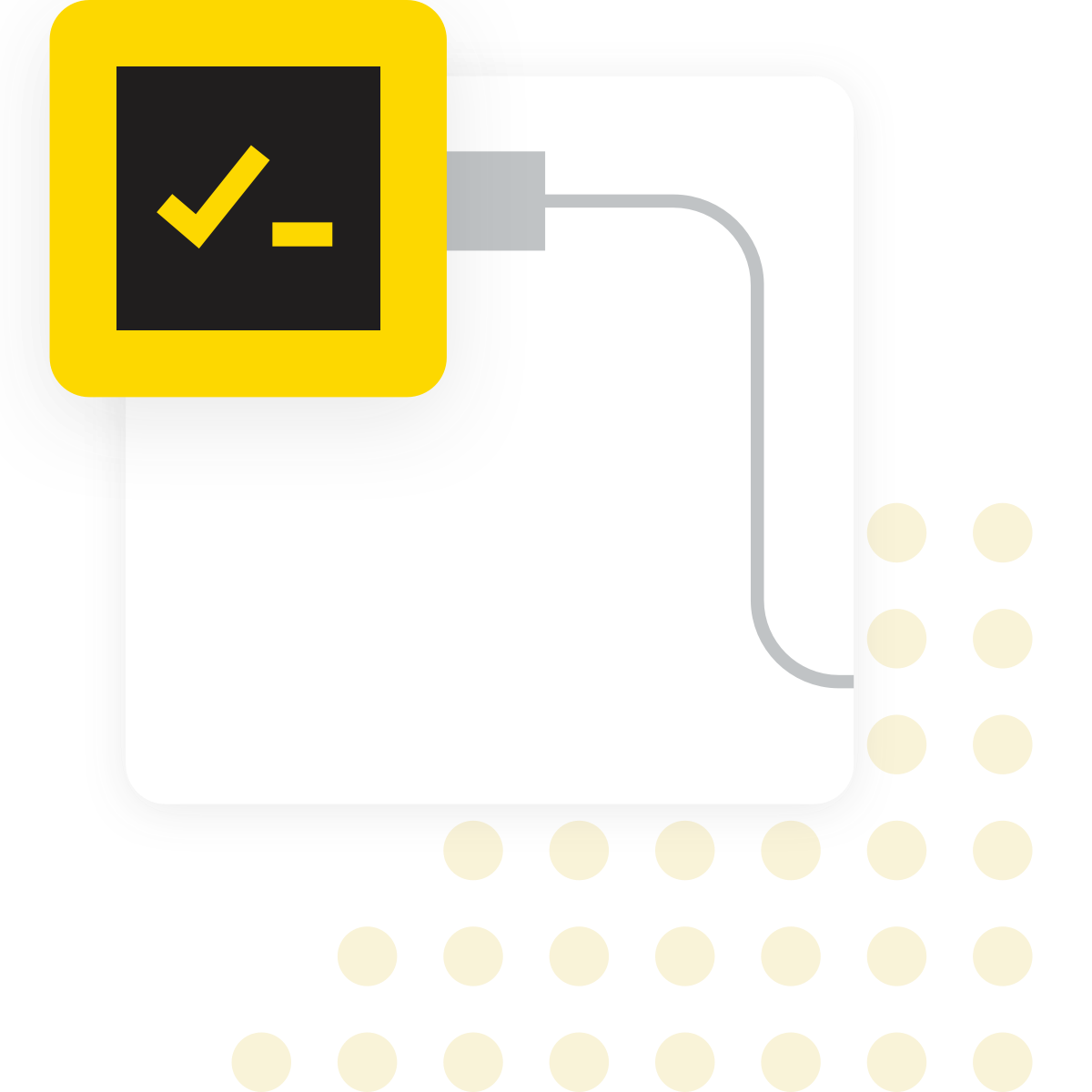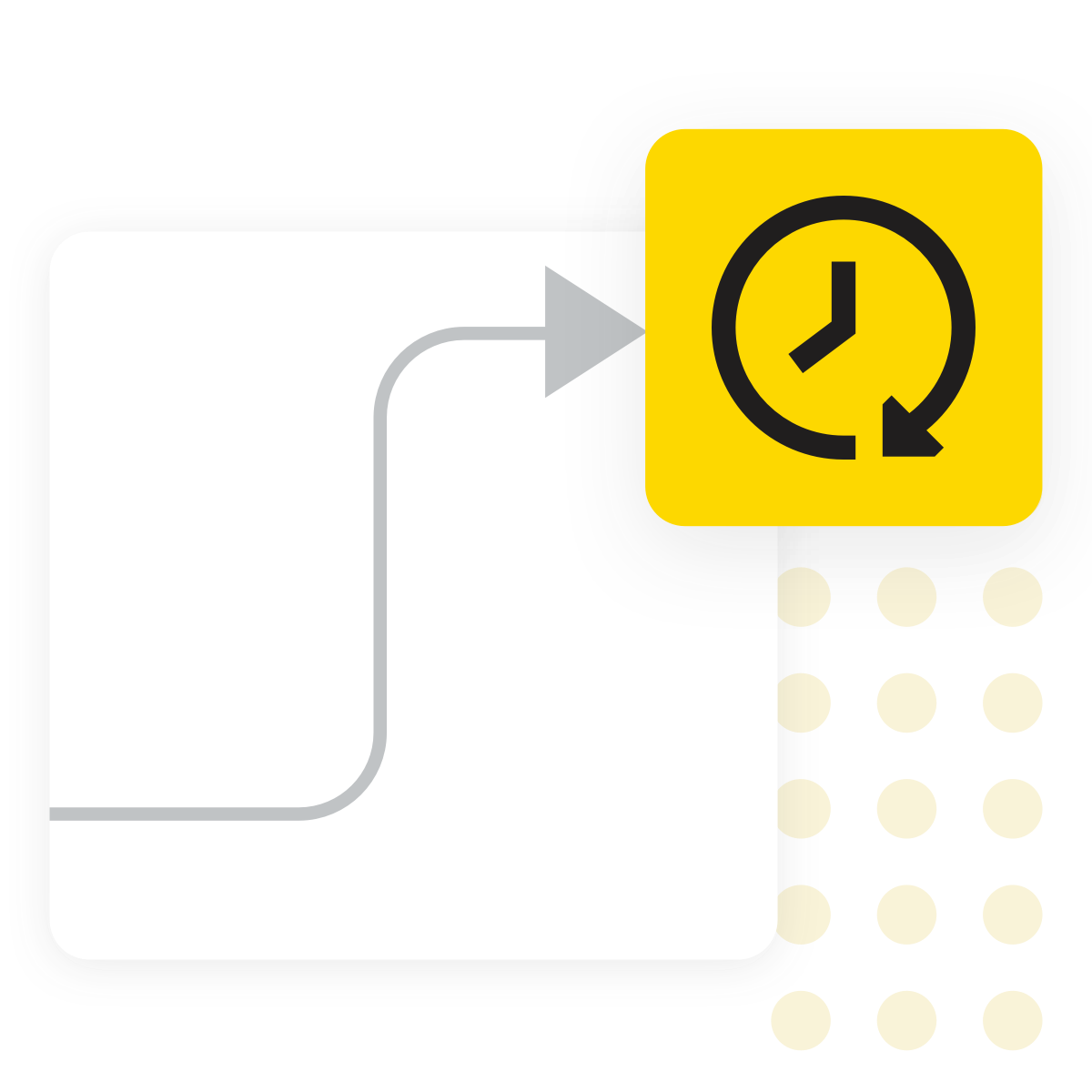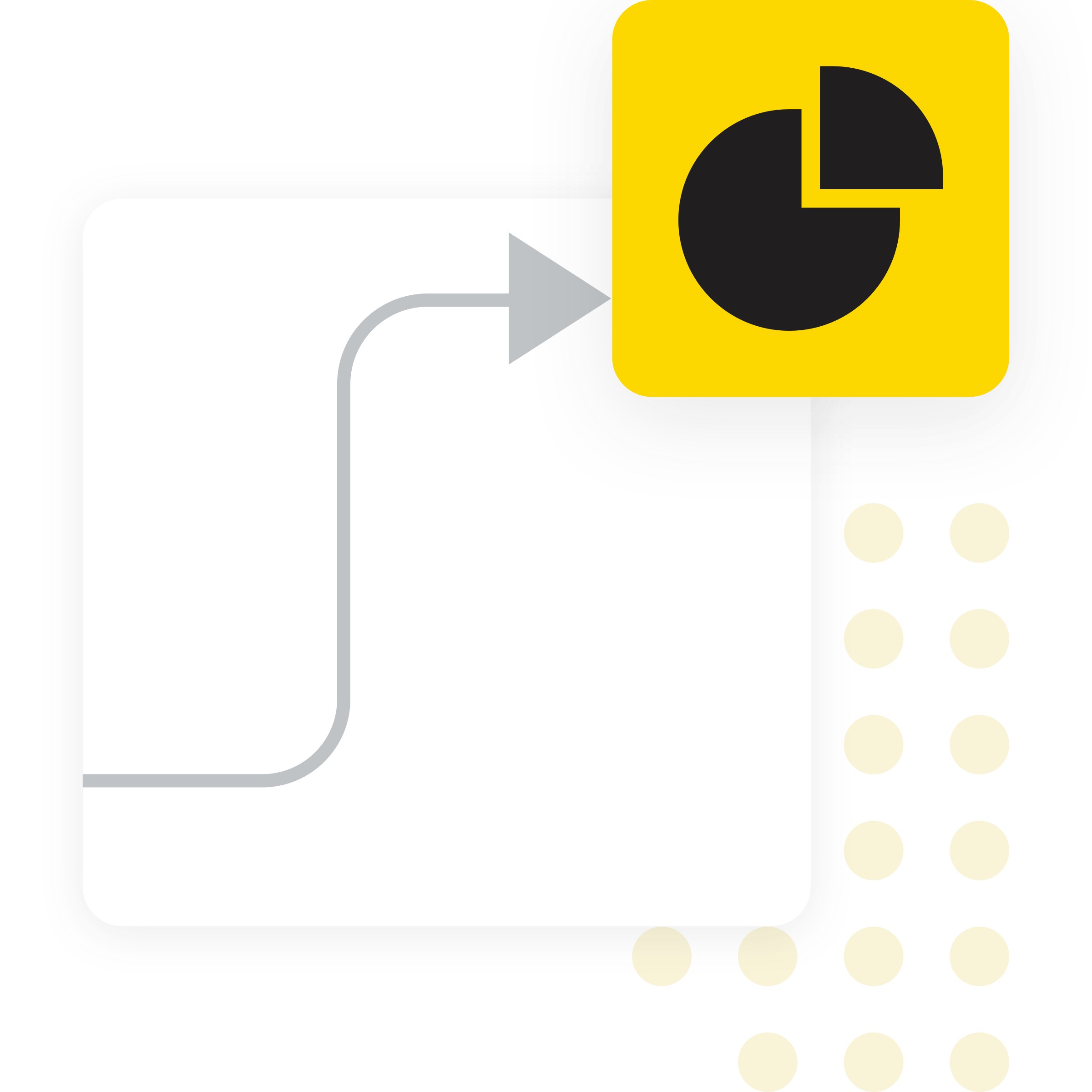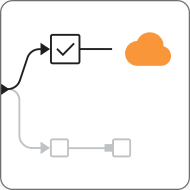Suspicious Date Range Detection with KNIME
Identifying suspicious date ranges is a common task in audit, compliance, and financial data analysis. It involves checking whether key business events—such as purchase orders, invoices, and payments—occur in a logical chronological order or within a specified period of time. With KNIME, you can automate these checks using visual workflows, ensuring consistency across large datasets and helping auditors quickly isolate records that may require further investigation.
KNIME Workflow Example for Suspicious Date Range Detection
This example workflow displays how to identify potentially suspicious activities by analyzing the chronological order of transaction events, such as discrepancies between purchase order and payment dates. It includes:
- Data access and exploration, including the computation of summary statistics and checks for missing or inconsistent values.
- Automated data validation tests, such as numeric checks, date format verification, and boundary range validations, to ensure that all values conform to expected formats and fall within defined limits.
- An interactive dashboard that allows users to define a customizable threshold (in days) for detecting suspicious data ranges, complemented by a static overview report for summary insights and documentation.
Why use KNIME for Suspicious Date Range Detection

What is Suspicious Date Range Detection?
A suspicious date range occurs when two or more date fields in a transaction record do not follow a logical or policy-compliant sequence. Examples include payments recorded before purchase orders, invoices dated after their payment, or unusually long gaps between approval and settlement. Detecting these inconsistencies helps ensure data accuracy and adherence to established business rules.

Why does it matter?
Irregular date relationships can indicate data entry errors, process weaknesses, or potential fraud. Identifying them early allows internal audit and finance teams to verify transactions, correct records, ensure policy enforcement and strengthen controls. Consistent monitoring also supports compliance requirements and reduces the risk of financial misstatements.

Typical challenges
- Detecting suspicious date ranges requires combining information from multiple systems such as ERP, procurement, and payment applications, each with its own structure and date formats.
- Business rules for what constitutes a valid or suspicious sequence differ by process, location, or policy, making them difficult to define consistently.
- Missing or incorrect timestamps can cause both false alerts and overlooked issues, reducing confidence in the results.
- Setting appropriate time thresholds is challenging, as not every deviation from policy is necessarily an error or fraud indicator.
- Applying these checks to large datasets while maintaining clarity and traceability for audit purposes demands careful workflow design and documentation.

Benefits of using KNIME
- Built-in connectors to common data sources such as SAP, Oracle, Snowflake, and Excel, allowing audit and finance teams to access and combine transactional data without custom coding.
- The platform provides dedicated date&time nodes to standardize formats, calculate differences between dates, and define conditions for detecting irregular sequences.
- Business logic is implemented through transparent, visual workflows where each rule, transformation, and filter is documented and reproducible.
- Built-in visualization and reporting nodes make it possible to summarize flagged records and share results with stakeholders.
- Workflows can be deployed on KNIME Hub to run automatically on a schedule, ensuring ongoing monitoring and version control of audit checks.
How to use KNIME for Suspicious Date Range Detection

Data Access and Preparation
Import datasets such as purchase orders, invoices, and payment records into KNIME directly from SAP, Oracle, Snowflake, ERP systems, Excel, or CSV. Explore the data using summary statistics to identify gaps in the data, min-max values, standard deviation, etc. Leverage date&time and data manipulation nodes to unify inconsistent date formats, correct time zones, and fill in missing or invalid entries to ensure reliable comparisons.

Data Validation and Suspicious Date Range Detection
Define custom logic using data manipulation nodes (e.g., Rule Engine, Expression or Math Formula) to perform data validation tests according to different data types (e.g., strings, numbers, date&time, etc.) and spot irregularities (e.g., when a payment date format is invalid, the purchase order is missing, or the invoice amount is above a set threshold). Perform range and cross-record checks using joins, flow variables, or lookup tables, and flag suspicious entries with a clear risk status or descriptive tags.

Result Review and Automation
Display flagged transactions in interactive dashboards or share results as a static report for easy review. Allow analysts to annotate or add investigation notes. Schedule execution via KNIME Hub, integrating seamlessly with systems such as SAP, Oracle, Excel, or audit platforms. Maintain continuous monitoring to automatically trigger alerts or escalate high-risk cases, ensuring proactive detection and timely response.
How to Get Started
Additional Resources
KNIME for Auditors
A guide for auditors who are familiar with ACL and IDEA and are ready to explore KNIME Analytics Platform.
10 Ready-to-Use Audit Test Workflows: KNIME for Audit
Learn how each audit test in the KNIME Audit Starter Pack helps you identify risks, automate analysis, and improve audit efficiency.
FAQ
Yes, you can chain rule logic using the Rule Engine or Expression nodes. For example, you may flag if invoice_date < order_date OR payment_date < invoice_date OR payment_date > order_date.
Use the Missing Value node or condition logic in the Expression or Rule Engine nodes to explicitly handle missing or empty values (e.g., treat missing dates as “needs review” rather than silently passing).
Yes. The process can be automated to let the workflow write the output (flagged records) to databases or audit platforms on a schedule, or trigger alert emails using one of KNIME’s paid plans.
Because KNIME adopts a visual programming-based paradigm, each rule, node output and branch is inspectable. You can add columns capturing which rule triggered the flag (e.g. “Rule 1: payment < order_date”) and version different copies of the workflow to ensure traceability.